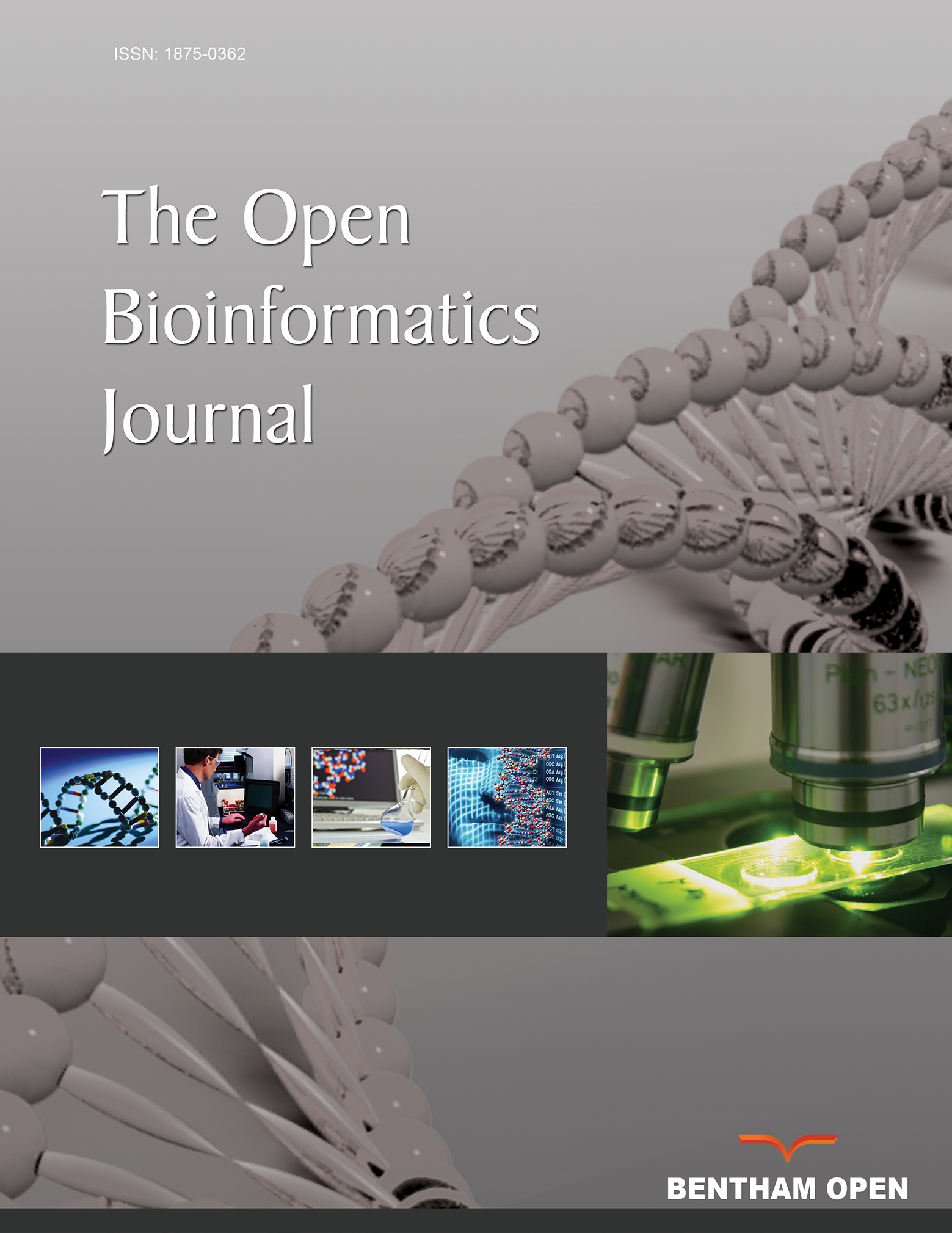All published articles of this journal are available on ScienceDirect.
Amazonia!: An Online Resource to Google and Visualize Public Human whole Genome Expression Data
Abstract
Available transcriptome data accumulate in public repositories, individual web pages or as various supplemental data, but these published data cannot be routinely accessed. We have developed the web based tool Amazonia! to overcome this hurdle and provide the possibility to query and to visualize the expression of a given gene in representative and selected human transcriptome datasets. This expression atlas provides expression bar plots for single genes, across samples selected from a wide range of normal tissues and malignancies, including pluripotent stem cells. When produced by the same platform type, datasets were renormalized and combined in order to generate series of several hundreds samples. Samples types are colored and ordered, and grouped in thematic pages for ease of navigation. We also integrated gene lists provided by original publications describing these microarray data, allowing the scientific community to challenge the expression of genes in datasets other than those for which they were initially published. To illustrate the powerfulness of this simple tool, we show how Amazonia! reveals the specific expression of the tight junction protein Claudin 6 in human embryonic stem cells and human induced stem cells (iPS), or the tissue specific expression of some chemokines and their receptors such as CCL16 in liver and CX3CR1 in central nervous system samples. Thus, Amazonia! advantageously complements large public repositories by providing a simple way to query a compilation of selected human transcriptome data.
The tool is freely available at http://www.amazonia.transcriptome.eu/


